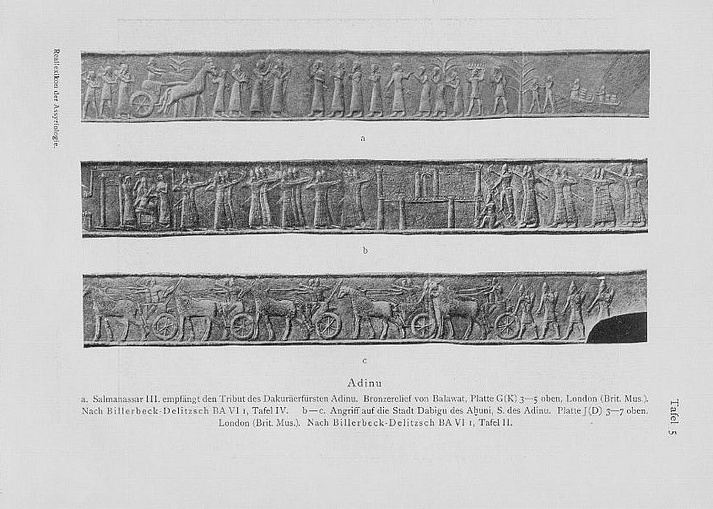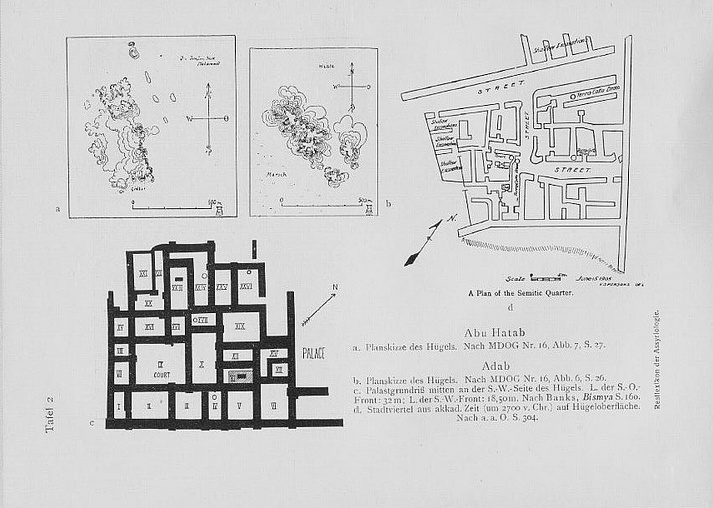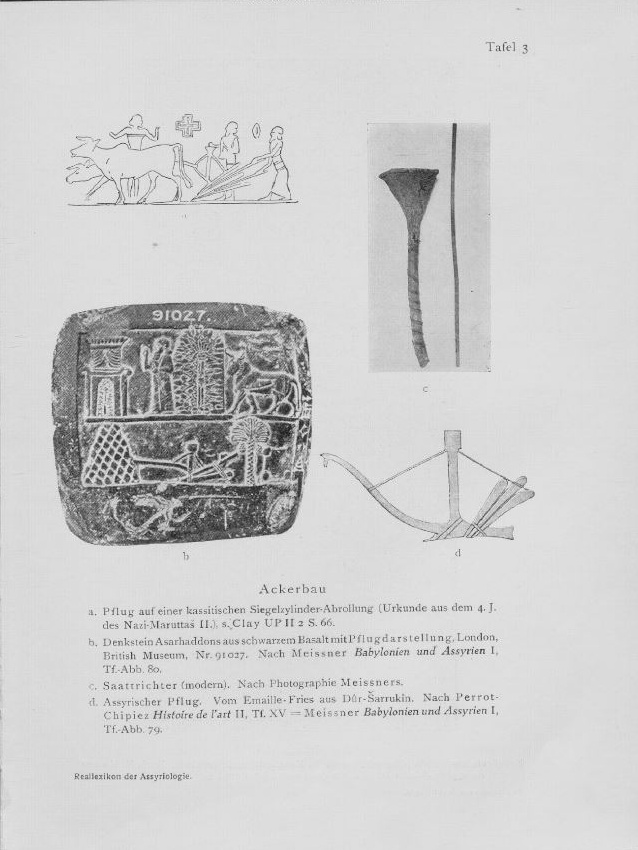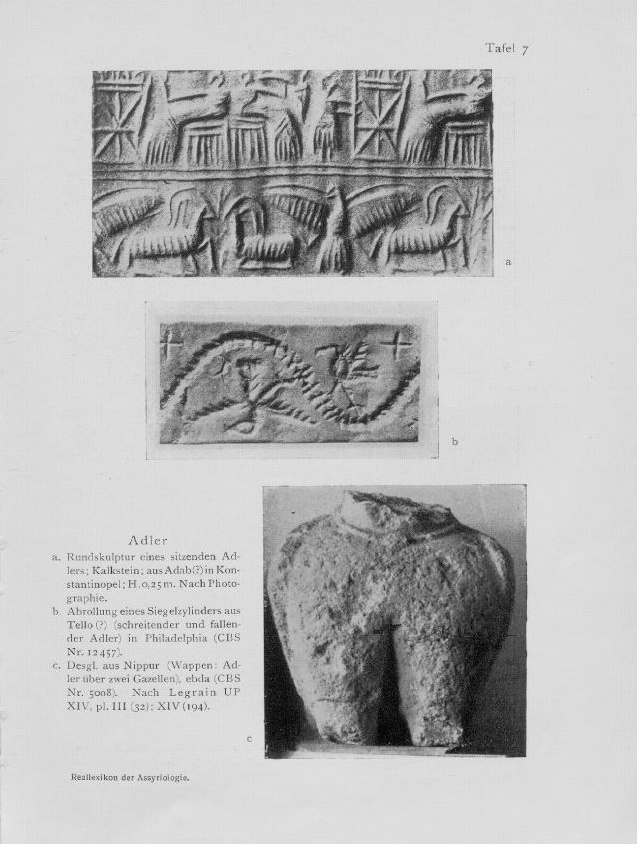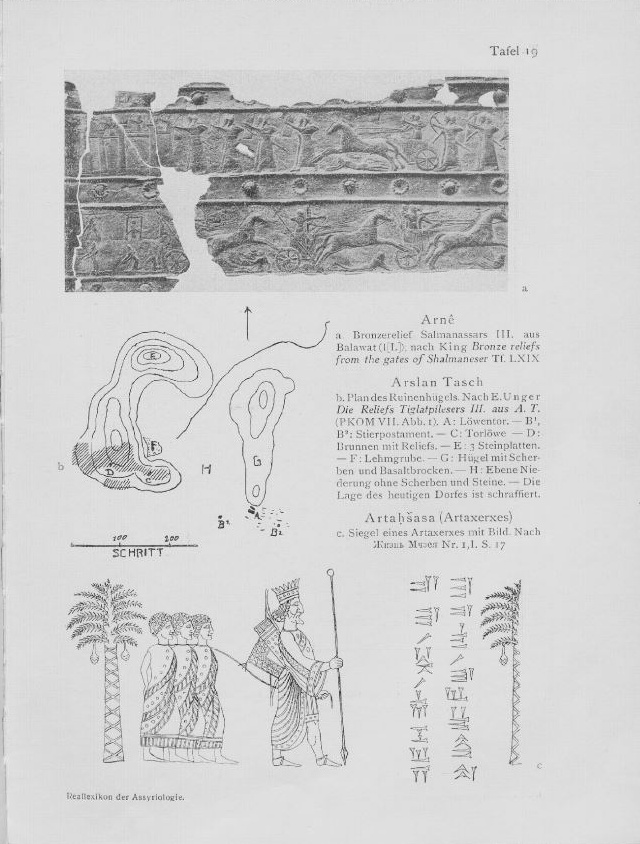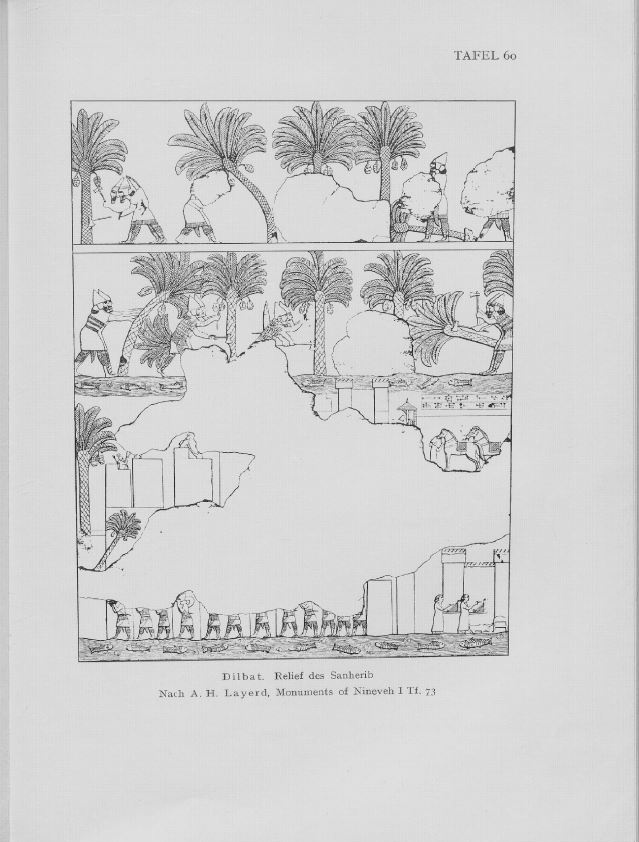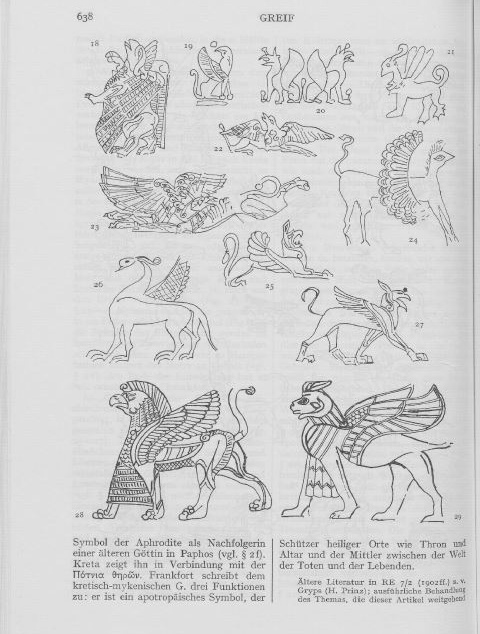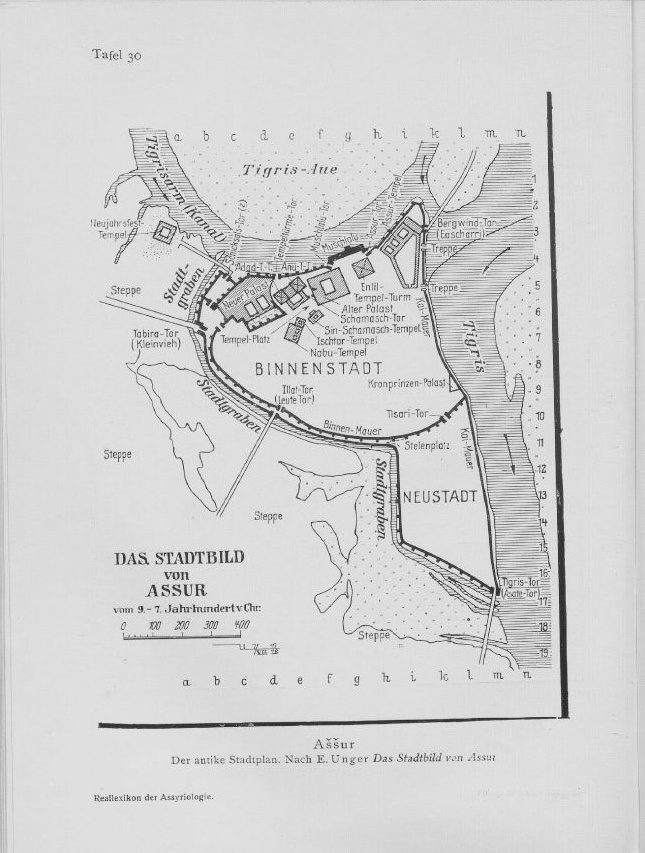From „A - Deity of Water“ to „Z - Zypresse“
Names of deities, pets, mythical creatures or building materials: The sciences of the Ancient East conclude their oldest, longest lasting joint project, the „Reallexikon der Assyriologie und Vorderasiatischen Archäologie (RlA)“ (Encyclopaedia of Ancient Near Eastern Studies). The first fascicle was published in 1928 starting with „A, Deity of Water“, the last fascicle was published in 2018. The encyclopaedia’s history of 90 years also reflects the general development of the Ancient Oriental Studies over the course of the 20th century.
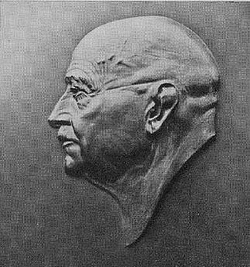
Since archaeological excavations in the Near East had started during the first half of the 19th century and cuneiform script had been deciphered around 1850, Ancient Eastern Studies developed rapidly in the decades to come. During the 1920ies, this scientific field already had grown so large and intricate, it was in danger to become confusing.
Initial Plans …
In 1922, Bruno Meissner, an Assyriologist from Berlin, therefore returned to the idea of a “Reallexikon der Assyriologie“, a concept he had cherished for a while already. In his Berlin university colleague Erich Ebeling, Bruno Meissner found an enthusiastic co-editor. Their initial idea was the publication of two volumes with altogether 1600 pages, addressing the most important keywords regarding the area of old Mesopotamia. But even at that time, scientific reality was already overtaking all planning.
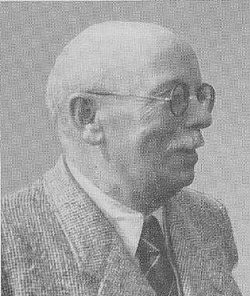
Until 1938, in fact two volumes with altogether 974 pages had been published with the Verlag Walter de Gruyter – yet one had only arrived at the letter “E”.
The year of 1939 saw the onset of World War II, so neither at that time nor during the early post-war years, anybody would have thought of continuing the Reallexikon. The Assyriology conferences deliberated more than once over pursuing the work until finally its continuation was resolved.
In 1953, work began and various authors received a circular by the publishing house, asking them for contributions.
… and Scientific Reality
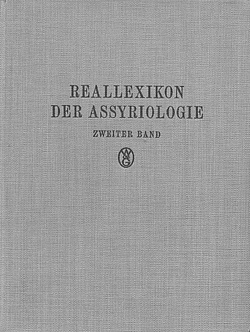
In 1957, five years after the resolution to continue the pre-war work and 19 years after completing volume 2, the first fascicle of volume three was indeed published, starting with the letter “F”. The title page now cites Ernst Weidner from Graz as editor, Margarete Falkner took over the editorial office. Assyriologist Weidner had been an RlA author from the very start: He had written numerous articles on the stars and the Assyrian kings for the fascicle published in 1928. He referred to old manuscripts from the pre-war era as well, but essentially he enlarged and internationalised the circle auf authors. Since in the meantime Near Eastern Archaeology had established itself as an autonomous discipline, the Encyclopaedia’s title was expanded to „Reallexikon der Assyriologie und Vorderasiatischen Archäologie“. From 1957 until 1964, Ernst Weidner edited three fascicles with altogether 232 pages, arriving at the keyword „Geschwulst“.
Restructuring the Editorial Board
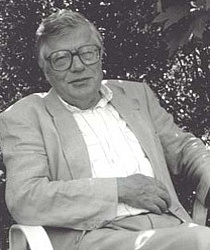
In 1961, already three years before Weidner’s last fascicle was published, Assyriologist Wolfram von Soden became editor in Münster. He restructured the editorial board: the editor-in-chief was joined by a committee of expert editors, each responsible for a specific field of expertise: Rykle Borger, Peter Calmeyer, Dietz Otto Edzard, Adam Falkenstein, Anton Moortgat, Heinrich Otten, Wolfgang Röllig and Donald Wiseman.
In 1964, following the passing of Margarete Falkner, Ruth Opificius took over the editorial office in Münster. Until 1971, von Soden edited six fascicles with altogether 482 pages and handed over the editorship to Dietz Otto Edzard in 1970.
In 1972 hittitologist Gabriella Frantz-Szabó became fulltime editor. For 14 years the Deutsche Forschungsgemeinschaft (DFG German Research Foundation) supplied the funds for this position until the Reallexikon in 1986 became a project of the Bayerische Akademie der Wissenschaften (Bavarian Academy of Sciences and Humanities). We take this opportunity to express our sincere thanks to the DFG for funding this project over so many years.
From Economy to Law, from Zoology to Literature
From 1972 to 2005, seven volumes were published during Edzard’s editorship, with altogether more than 4000 pages, encompassing the “H” to “P”. On the average, about 500 pages can be attributed to each letter, almost twice the number attributed to the letters “A“ to “E” – a result of the ever growing field of Ancient Eastern Studies. Over decades, the encyclopaedia textually developed into a comprehensive reference work for all realities of ancient Mesopotamia as well as ancient Anatolia, Elam, Syria and relevant regions of Levant as well as of Near Eastern Archaeology.
In order to do justice to this enormously broad field of expertise, the keyword entries were authored by experts from around the world in either German, English or French. Over time new co-editors joined the team: Einar von Schuler, Nicholas Postgate, Marten Stol, Gernot Wilhelm, Manfred Krebernik und Ursula Seidl.
In 2004 Michael P. Streck from Leipzig took over the editorship of the Reallexikon. Daniele Morandi Bonacossi became new co-editor. After Gabriella Frantz- Szabó had switched to the co-editorship, the editorial department saw a number of colleagues in the following years. The fascicle title pages cite Ursula Hellwag, Sabine Ecklin, Sabine Pfaffinger (married Heigl), Theresa Blaschke, Josephine Fechner, Mandy Greiner, Nathan Morello and Armando Bramanti.
Thanks to the Bayerische Akademie der Wissenschaften, from 2011 at times two or two and a half positions could be occupied simultaneously. Manuscript development was completely digitalised, also the authors contributed their articles increasingly as digital documents instead of printed papers. Which made the editing processes much easier than they were before the computers moved in. Since 2004 four and a half volumes were published this way, with altogether more than 2800 pages, encompassing the initials “P” to “Z”.
Scientific Perseverance and Cooperation
The now completed Reallexikon includes 9.421 articles on ancient and modern names of locations, religion, economy, law, literature, historical and fictitious ancient persona, deceased Assyriologists, Hittitologists and Archaeologists on material culture, art, plants and animals, mythical creatures and much more from cuneiform script civilisations of the Ancient Near East. Without any doubt, the work is incomplete. articles are missing or contain mistakes, they are too long or too short, or overtaken by new finds and new interpretations. There also may be the wish for a digital encyclopaedia instead of a printed one. But still: The Reallexikon proved to be a very useful tool for many decades and a guide through the ever rapidly growing scientific fields of the Ancient East, its vastness not to be grasped in detail anymore by any researcher. Here the encyclopaedia is of great service. And beyond that it is a great proof of wonderful scientific perseverance as well as a fruitful cooperation of our academic disciplines.
The text of this page was taken from the following article:
Michael P. Streck: Von „A, Gottheit des Wassers“ bis „Zypresse“. Jahrhundertwerk abgeschlossen. In: Akademie Aktuell, Heft 1/2018

